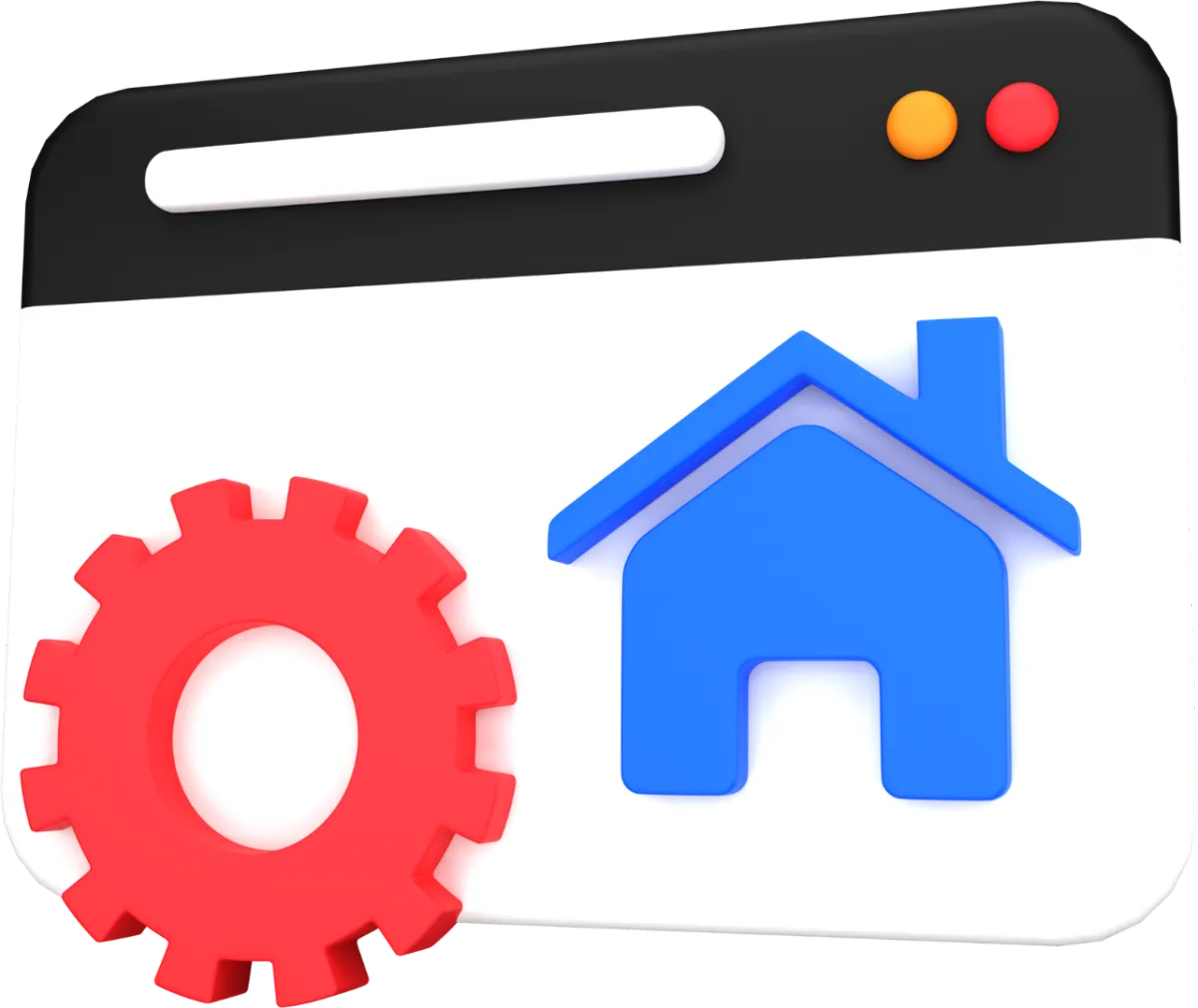Oops!
You've discovered our creative corner of the unknown.
While we can't find the page you're seeking, we promise our site is packed with intriguing content worth exploring.
Don't let this little detour dampen your curiosity – click below to return to our homepage and continue your adventure through our world of wonders!

Innovation
Fresh, creative solutions.

Integrity
Honesty and transparency.

Excellence
Top-notch services.

FOLLOW US
COMPANY
CUSTOMER CARE
LEGAL
Copyright 2026. Translectrix . All Rights Reserved.


